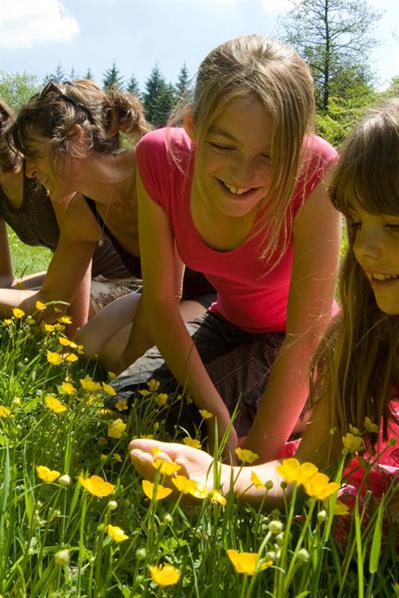Wales Biodiversity Partnership
Wales has a wealth of wildlife and natural environments that support and enrich our lives. Everyone has a role to play to protect and celebrate our biodiversity through your activities as an organisation, business or as an individual.
On this site you can find out about the work of the Wales Biodiversity Partnership including: national and local actions and objectives; biodiversity-related news and events; and how you can help biodiversity.
Local Nature |
|
Hedgehog StreetHedgehogs need your help! News, facts and tips on how to make your garden more hedgehog-friendly. Sign up to become a hedgehog street and join over 47569 hedgehog helpers. |
|
|
Biodiversity in WalesBiodiversity is special and uniquely accessible. Visit any patch of land or water and it’s literally teaming with life. |
|
Bee FriendlyBee Friendly is an intiative aimed at communities and community organisations, schools, public bodies |
|
Looking for Ways to help wildlife?It is surprisingly easy to do something to help wildlife A few small actions can make a big difference. |
Local Nature |
|
Hedgehog StreetHedgehogs need your help! News, facts and tips on how to make your garden more hedgehog-friendly. Sign up to become a hedgehog street and join over 47569 hedgehog helpers. |
|
Biodiversity in WalesBiodiversity is special and uniquely accessible. Visit any patch of land or water and it’s literally teaming with life. |
|
Bee FriendlyBee Friendly is an intiative aimed at communities and community organisations, schools, public bodies |
Local Nature |
Hedgehog StreetHedgehogs need your help! News, facts and tips on how to make your garden more hedgehog-friendly. Sign up to become a hedgehog street and join over 47569 hedgehog helpers. |
Biodiversity in WalesBiodiversity is special and uniquely accessible. Visit any patch of land or water and it’s literally teaming with life. |
|
Looking for Ways to help wildlife?It is surprisingly easy to do something to help wildlife A few small actions can make a big difference. |
Bee FriendlyBee Friendly is an intiative aimed at communities and community organisations, schools, public bodies |
Latest news
Nature Workforce Wales: survey 2025
£10m boost for Welsh nature projects
State of Wales Rainforests Report 2024
Written Statement: Sustainable Farming Scheme (SFS) – Scheme Design update
Big Butterfly Count 2024 results announced
Trees and woods: at the heart of nature recovery in England, Scotland, Wales and Northern Ireland
Birds of Conservation Concern Wales
Joint Statement entitled Nature Recovery for Our Survival, Prosperity and Wellbeing





















Follow
@WBP_wildlife
sign up